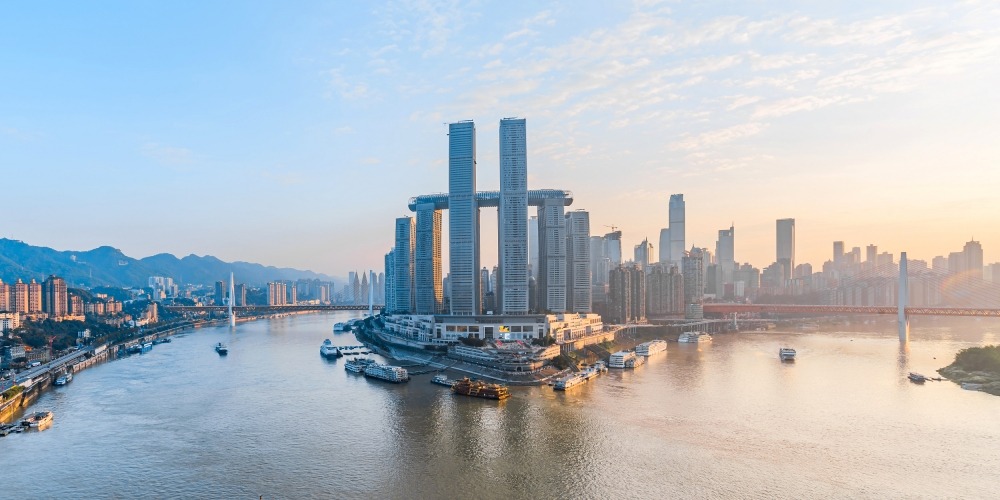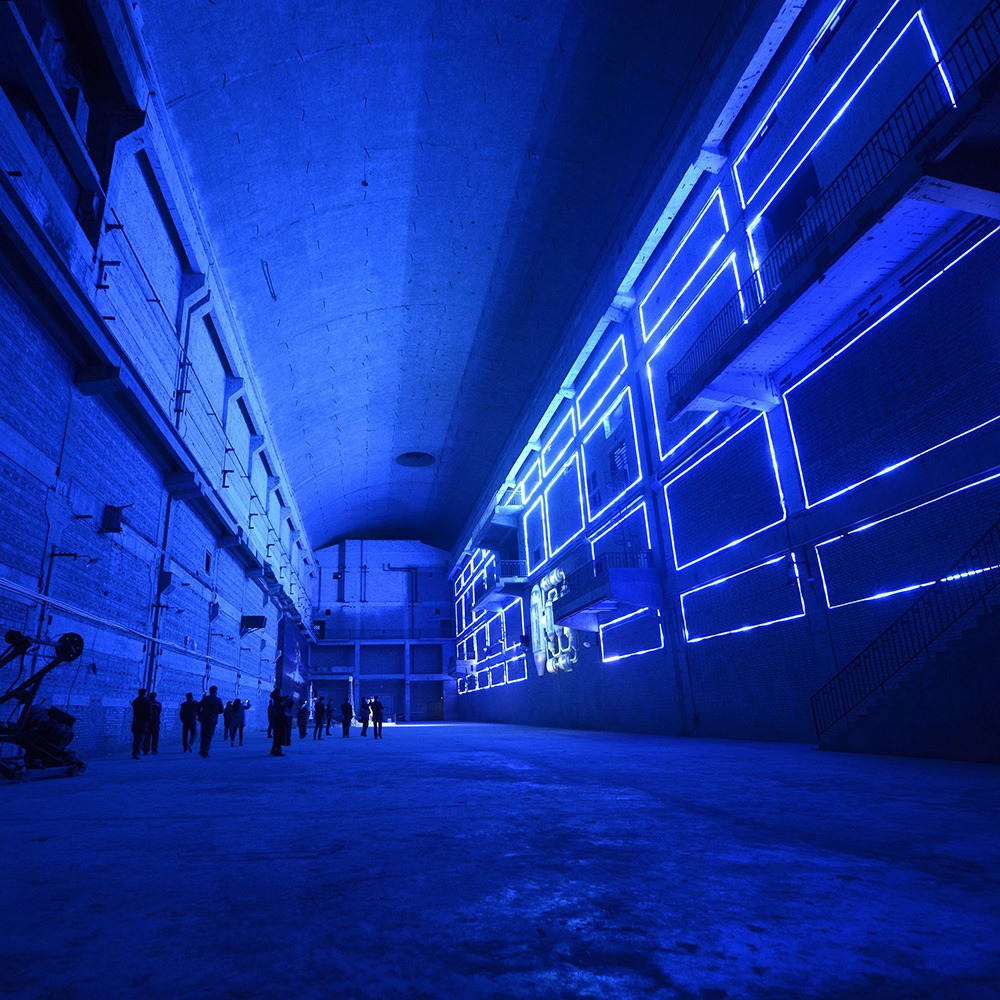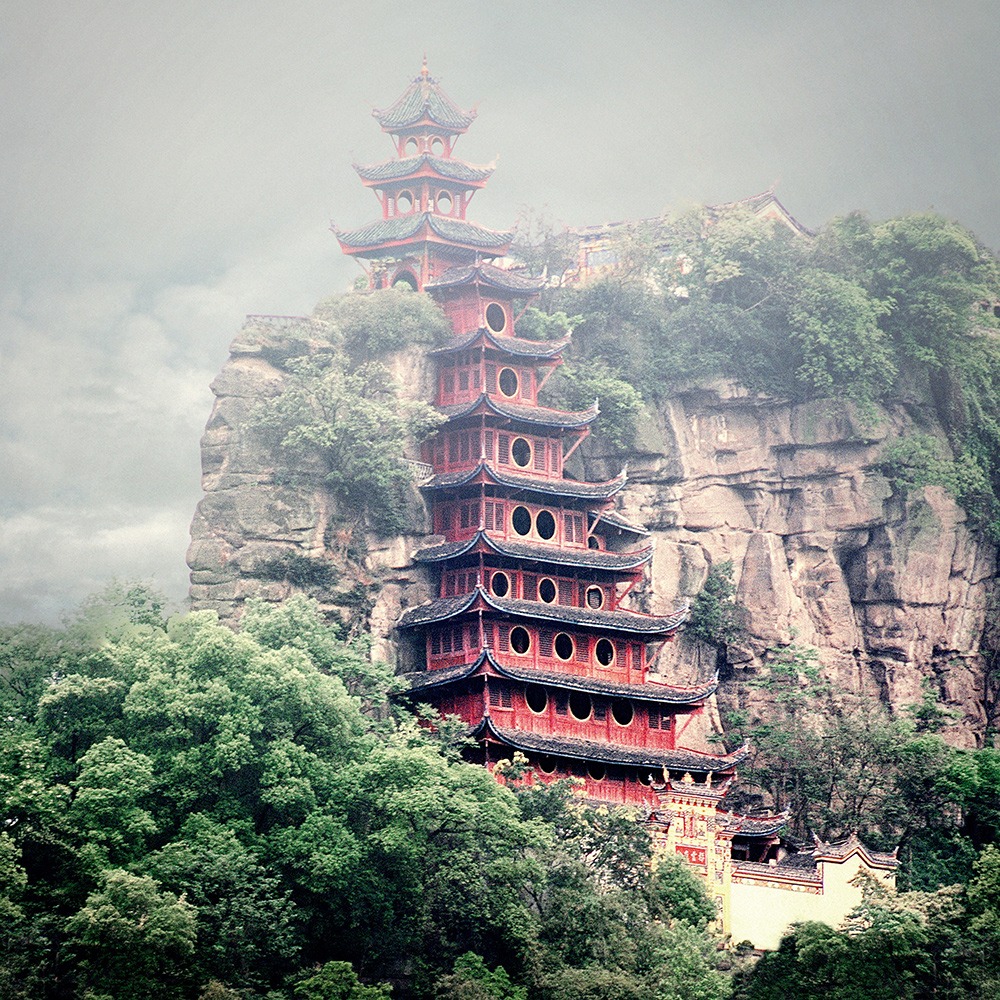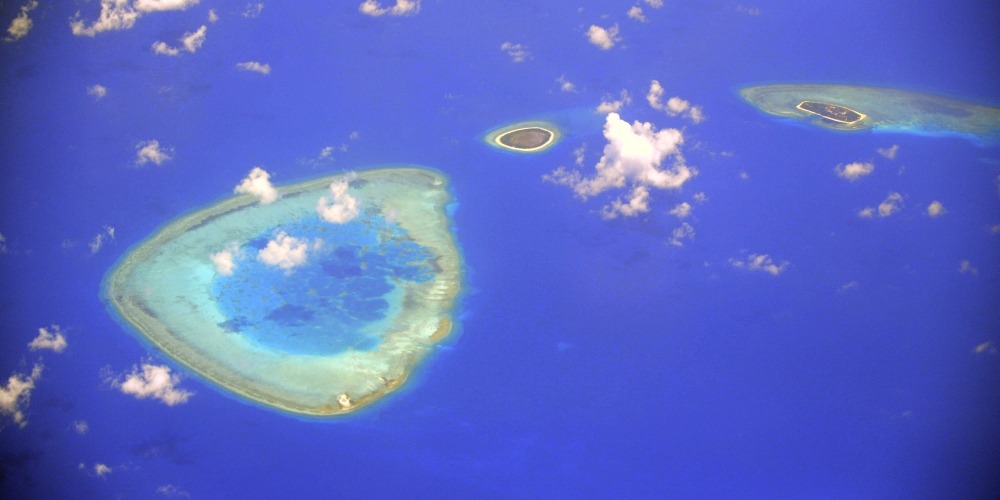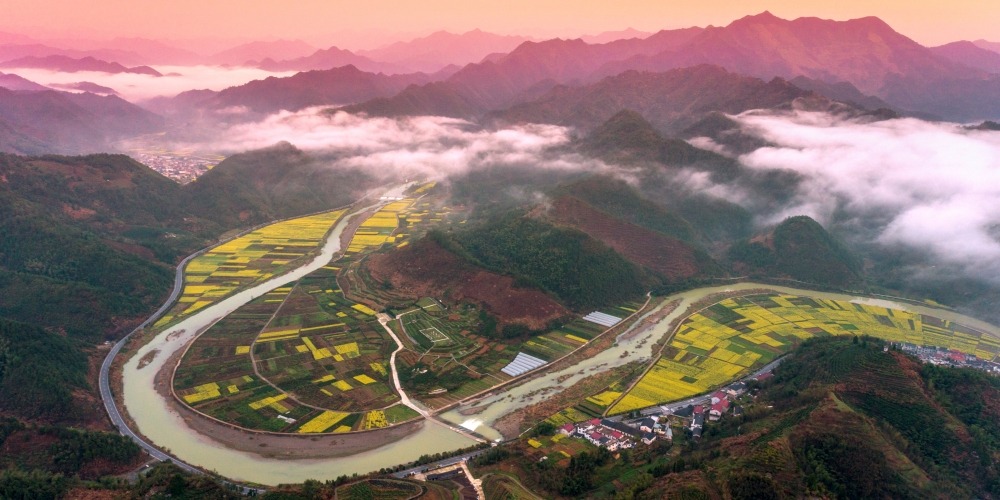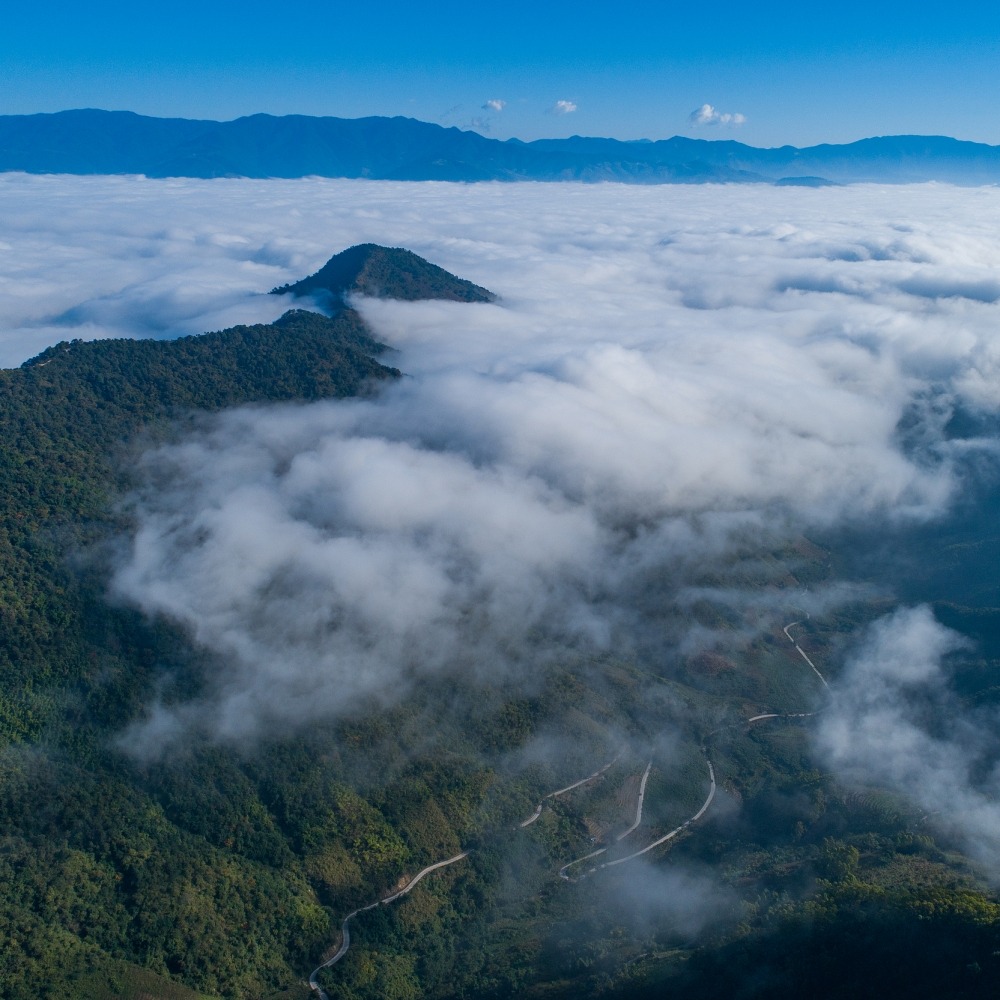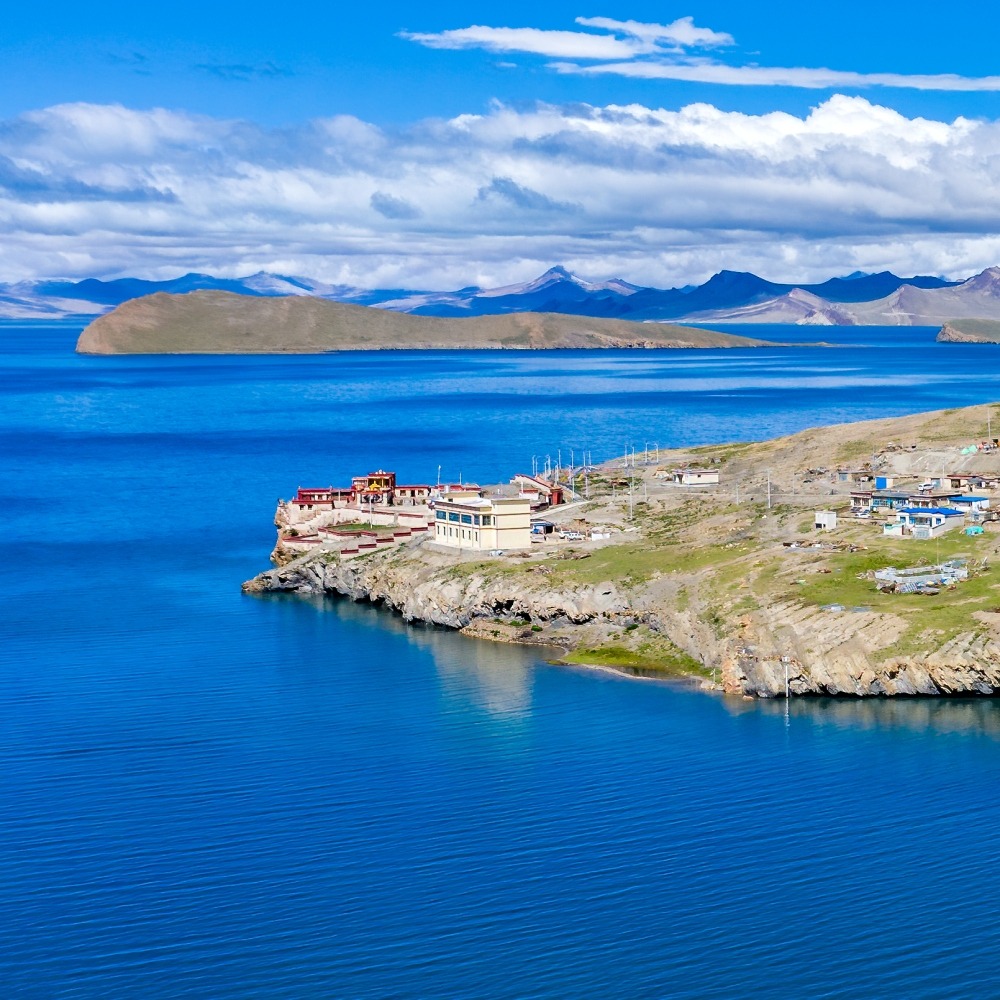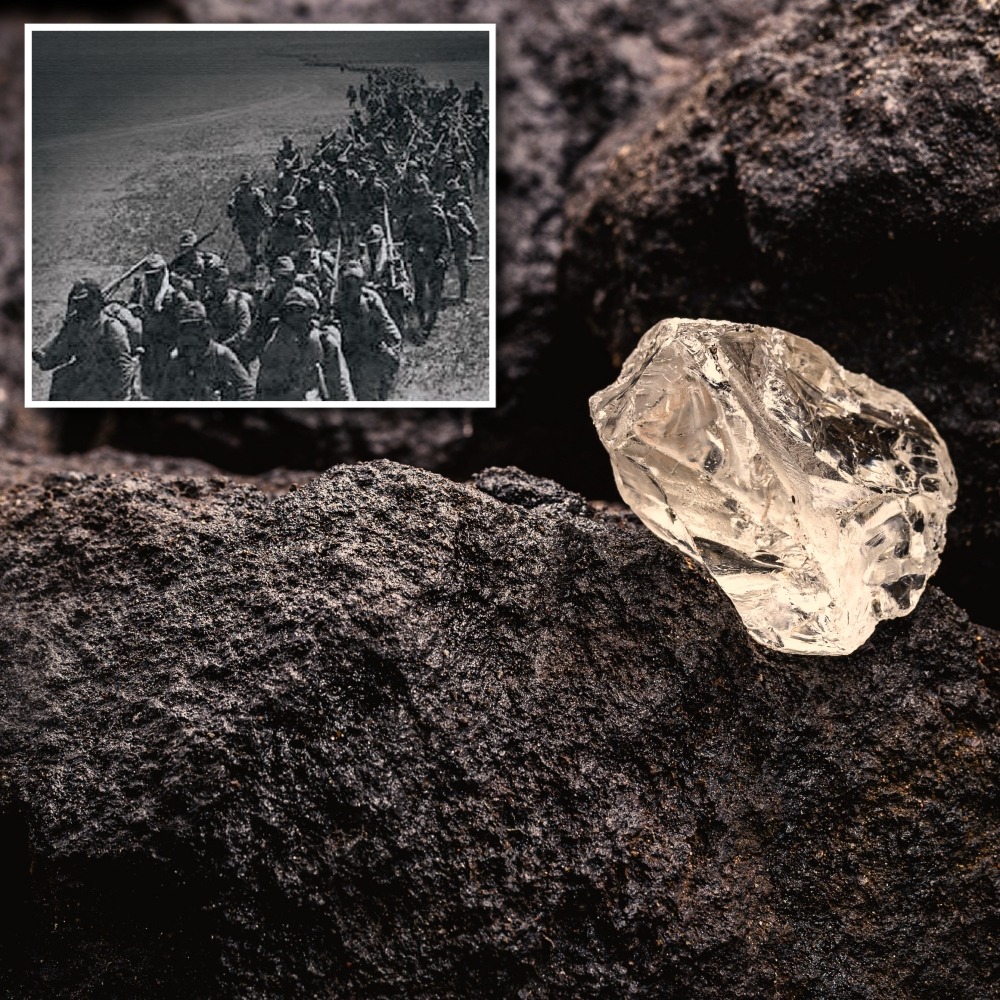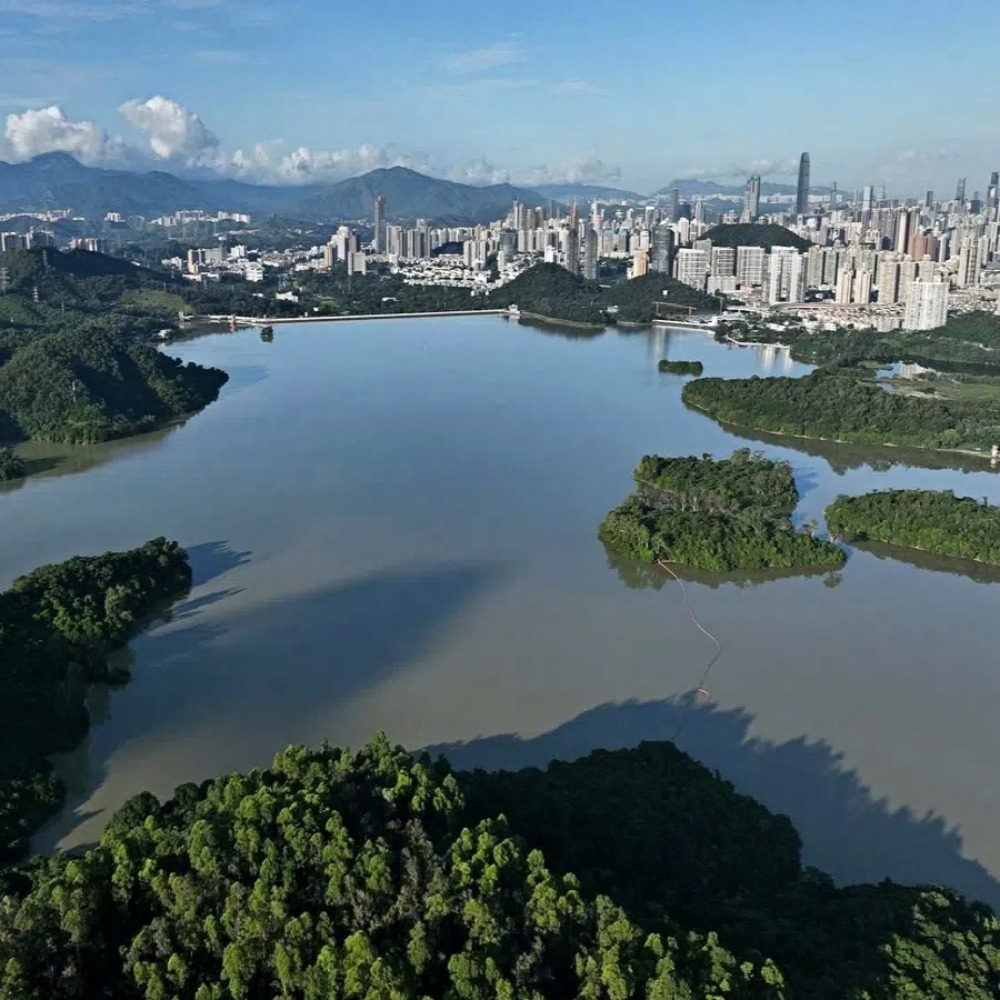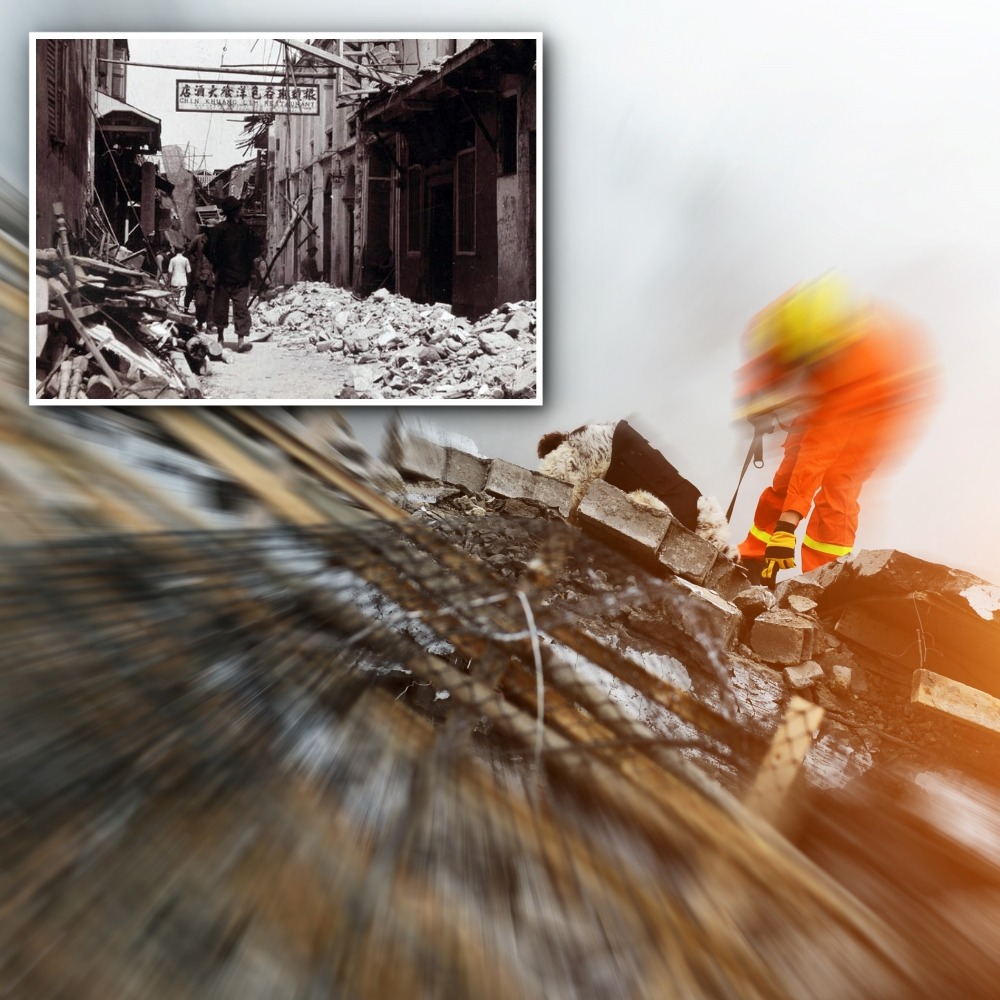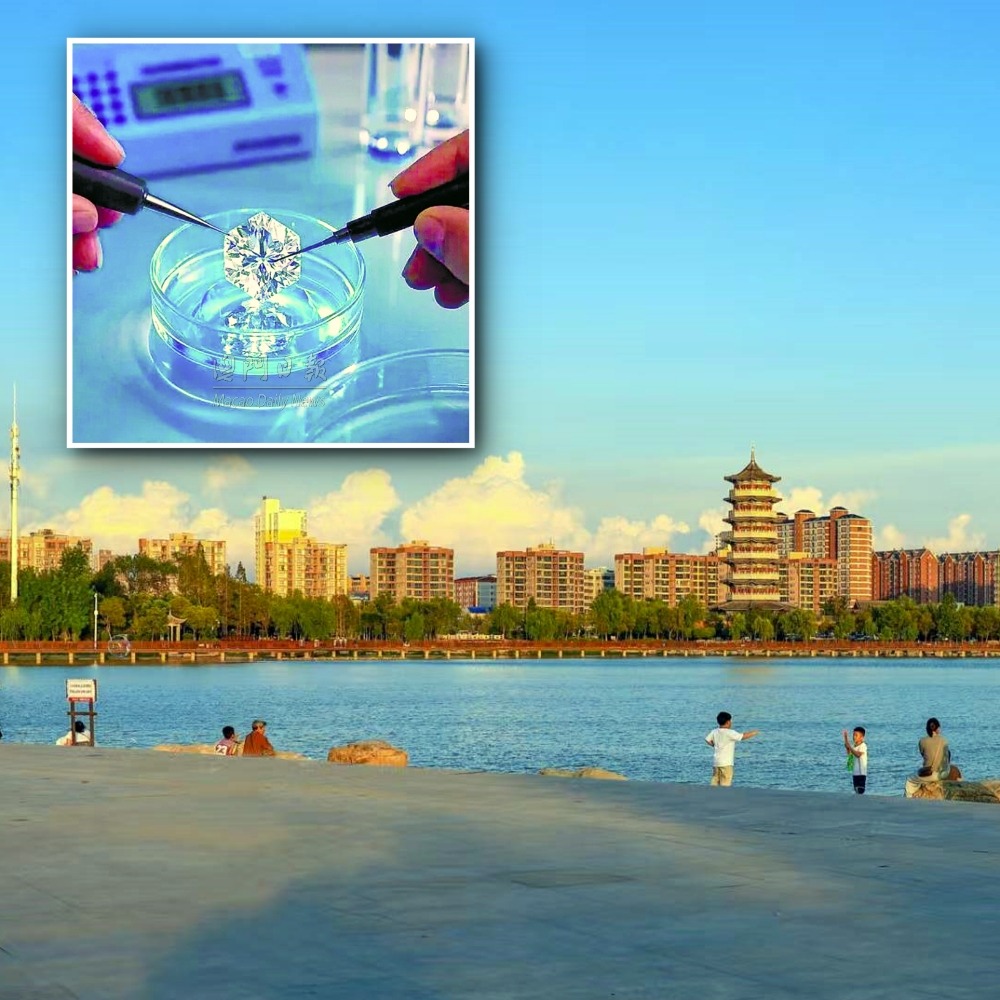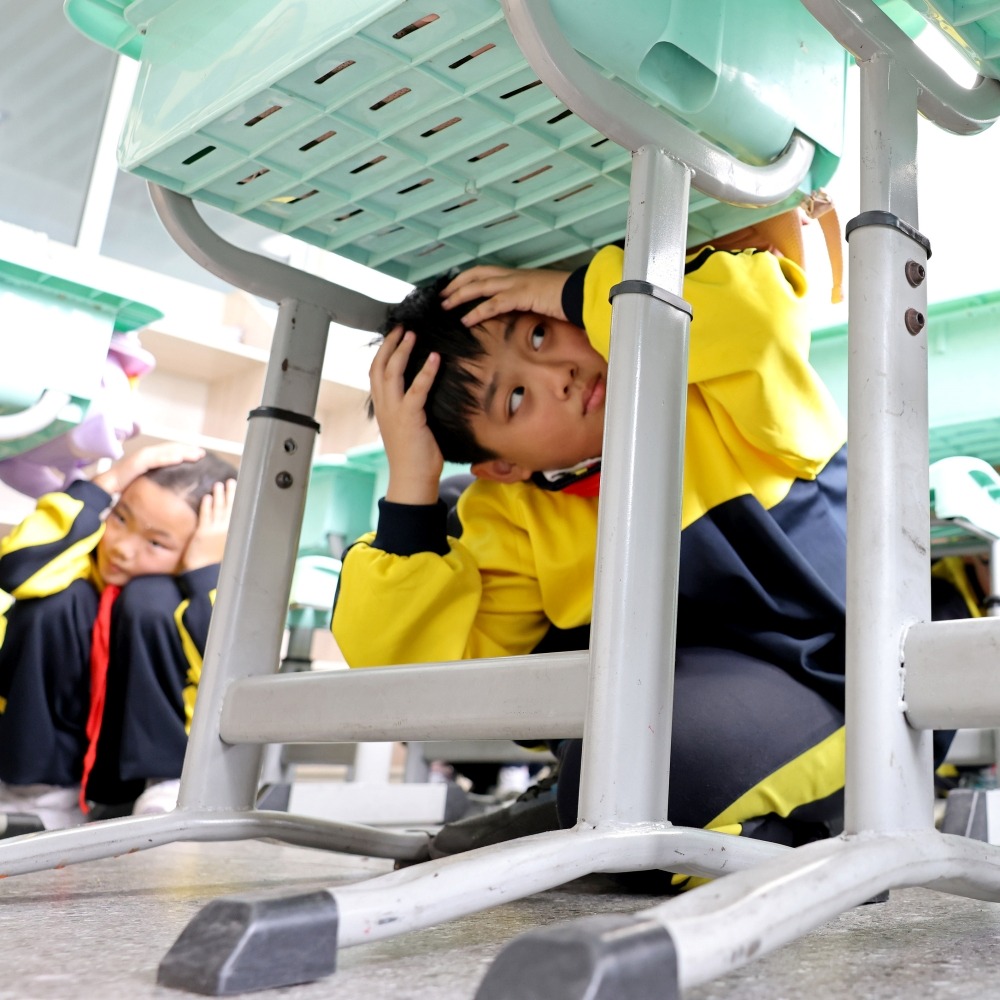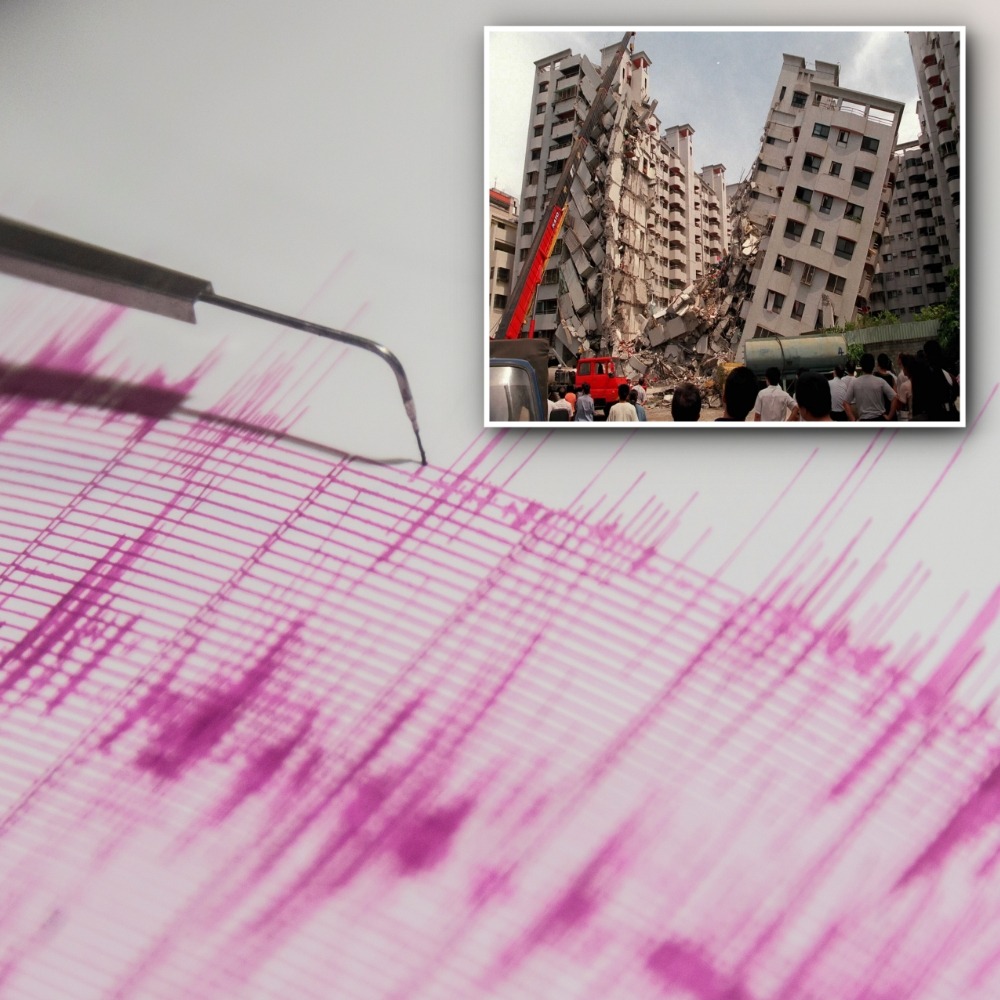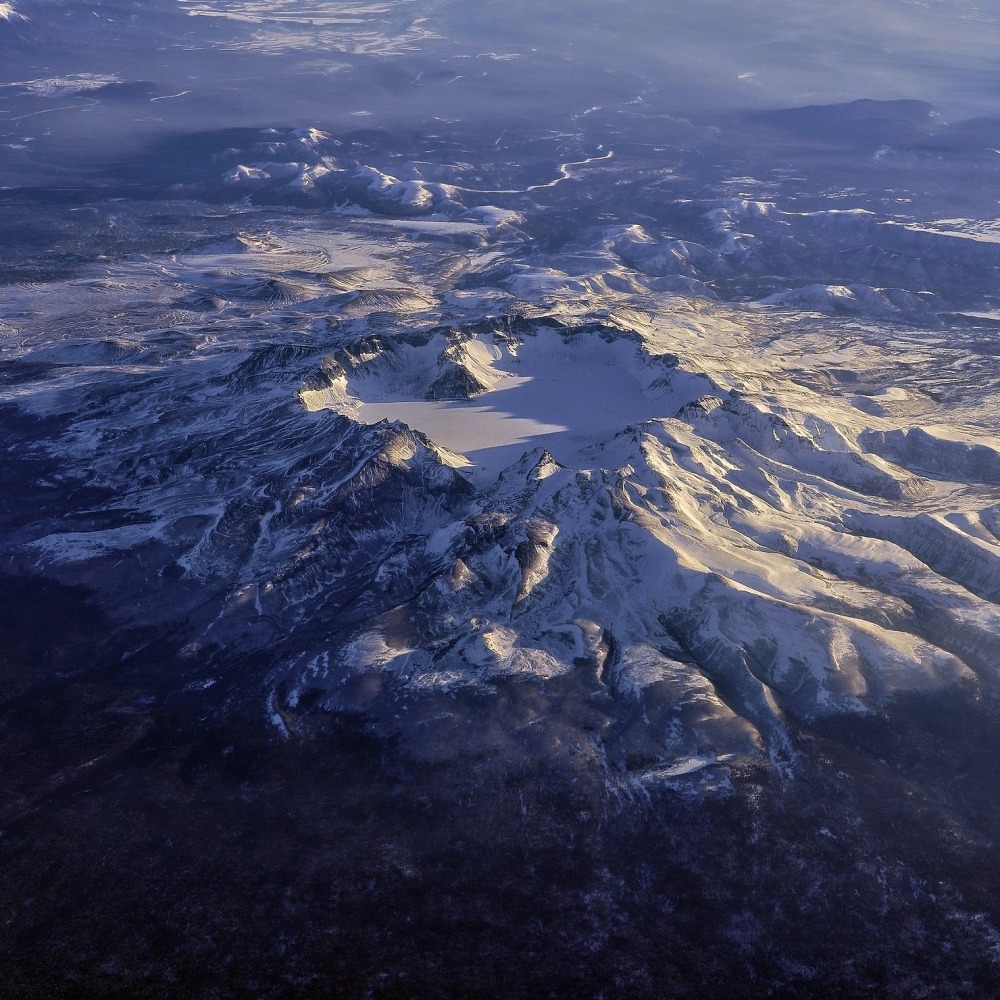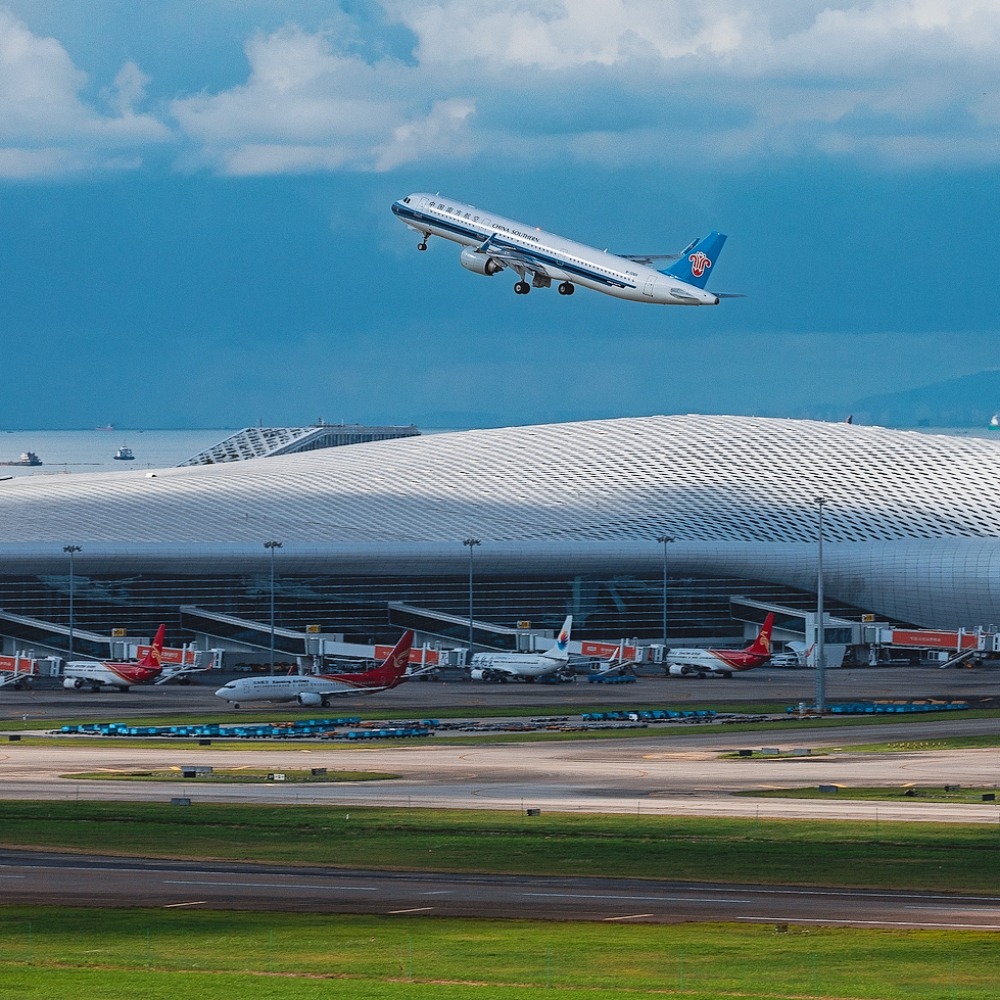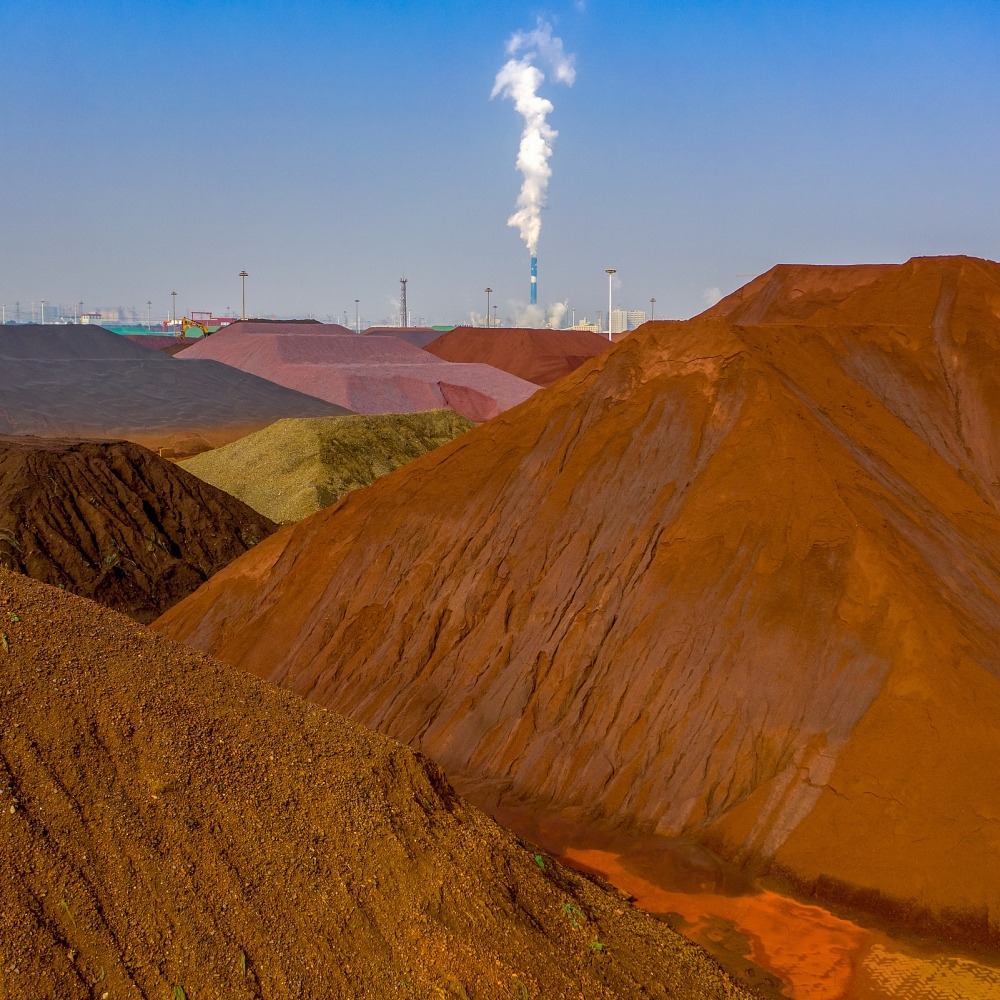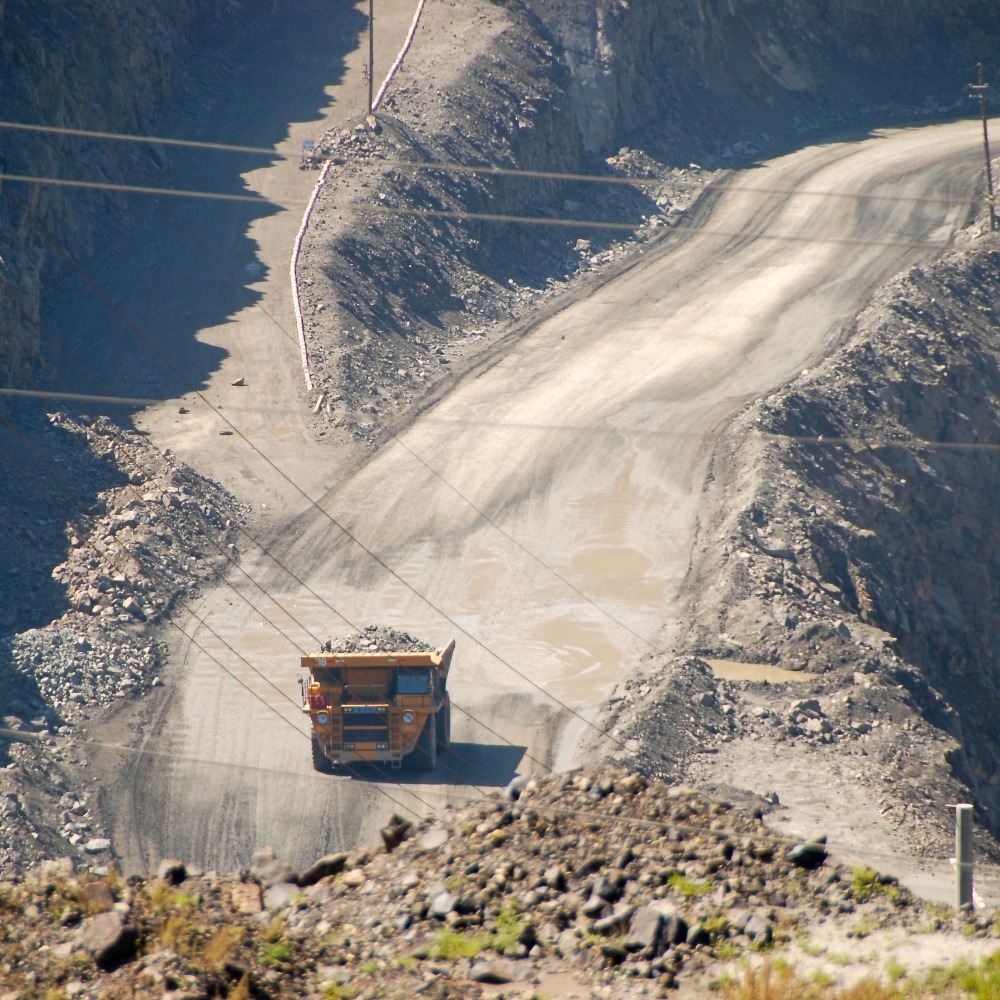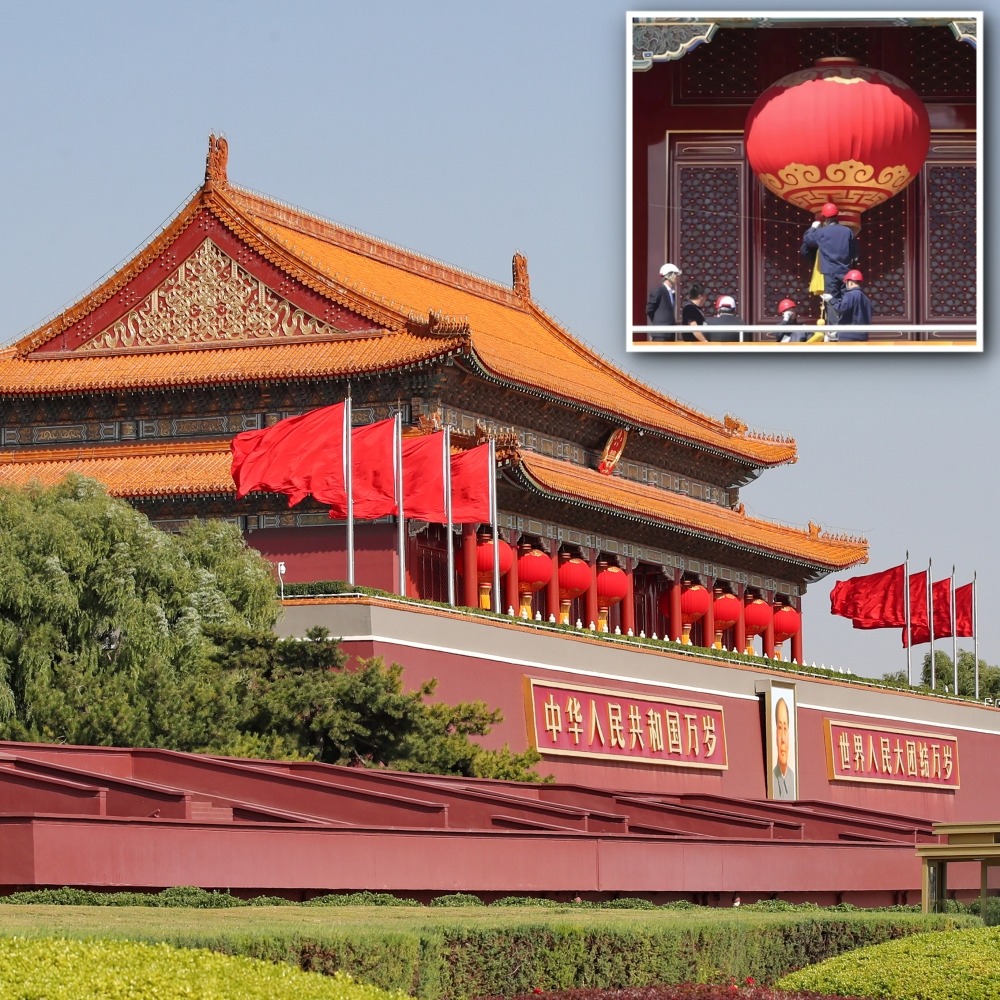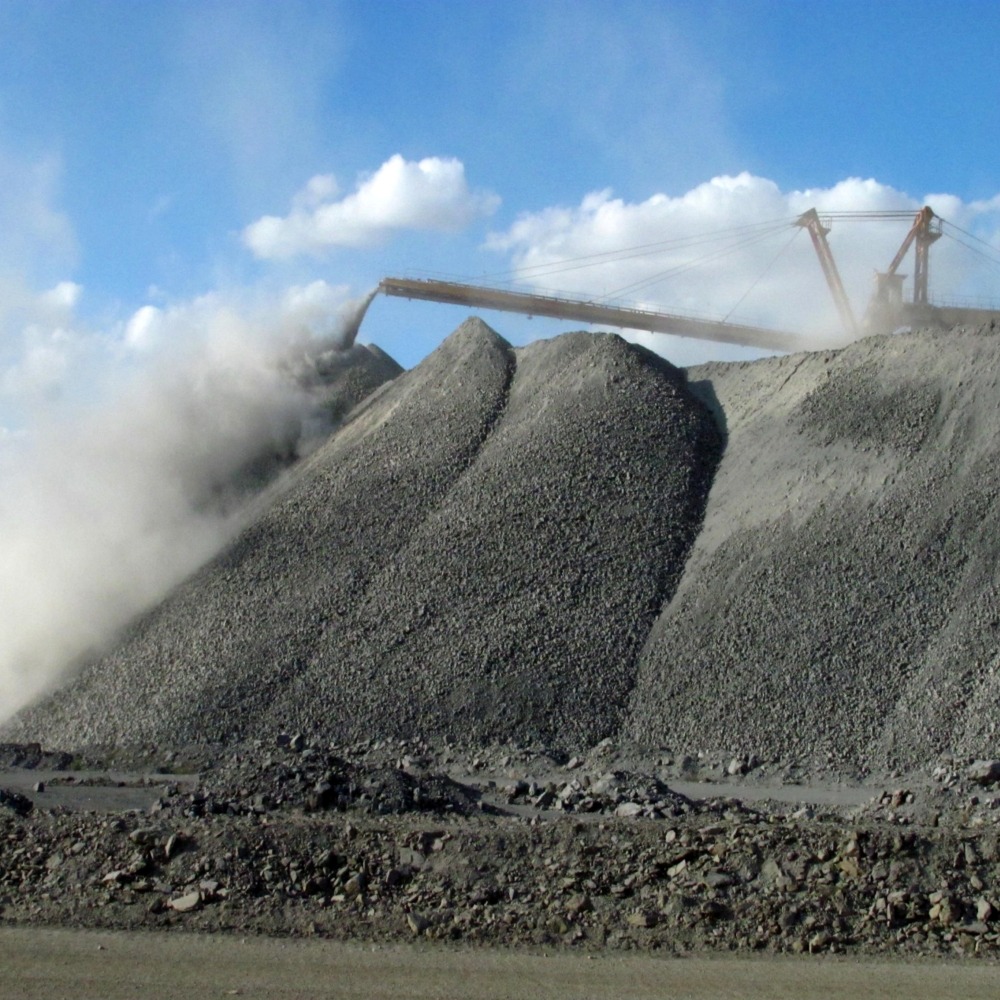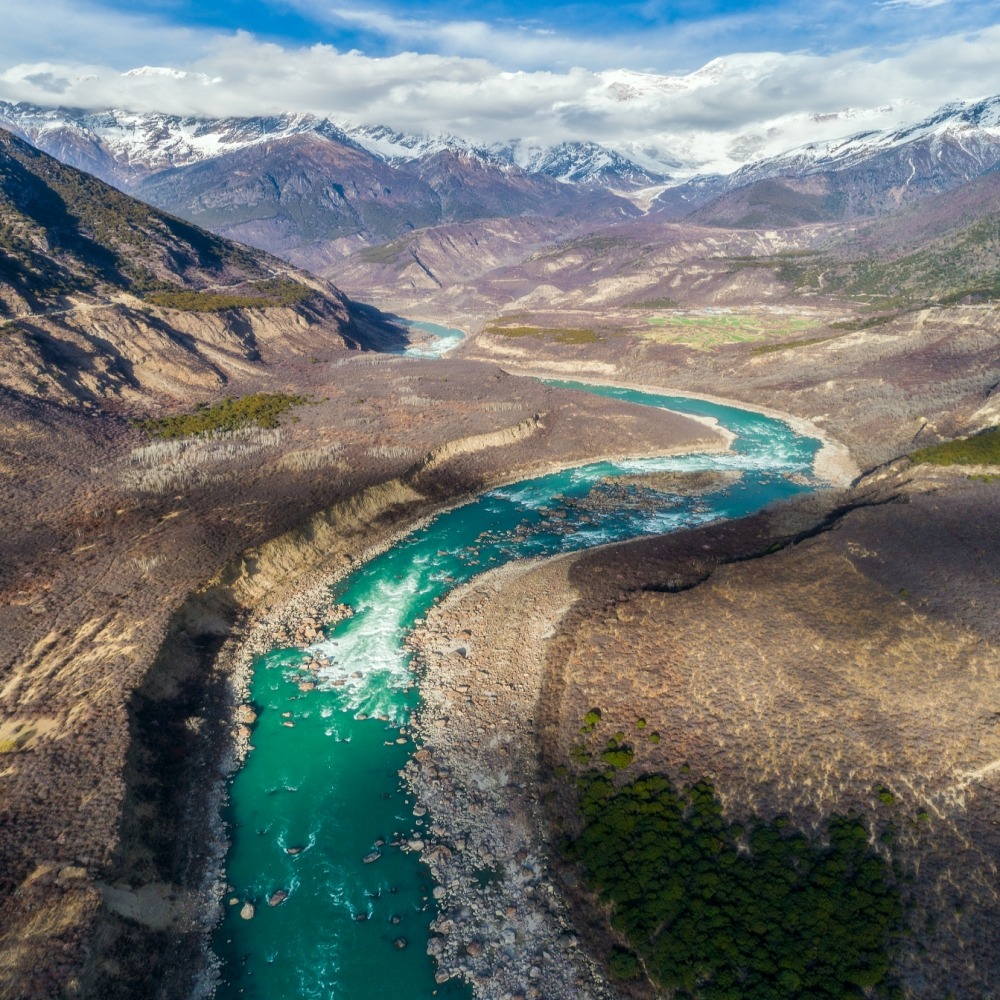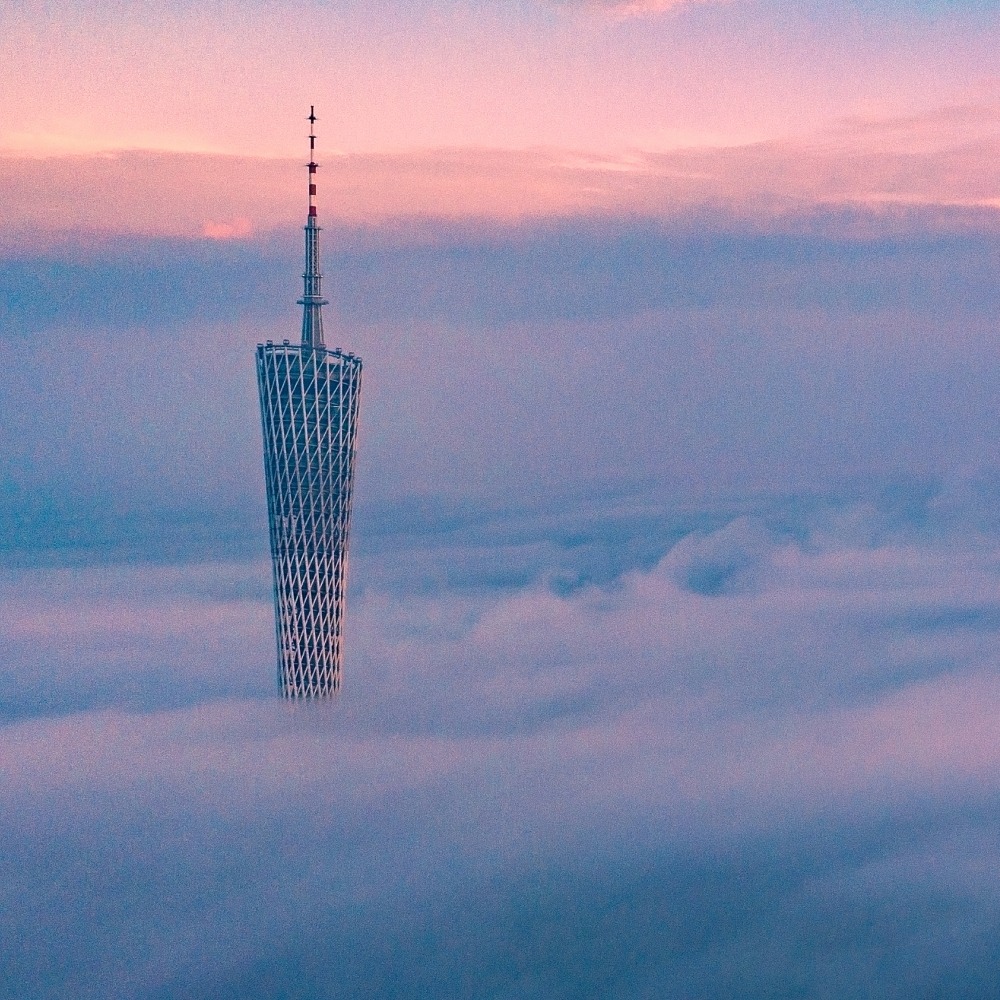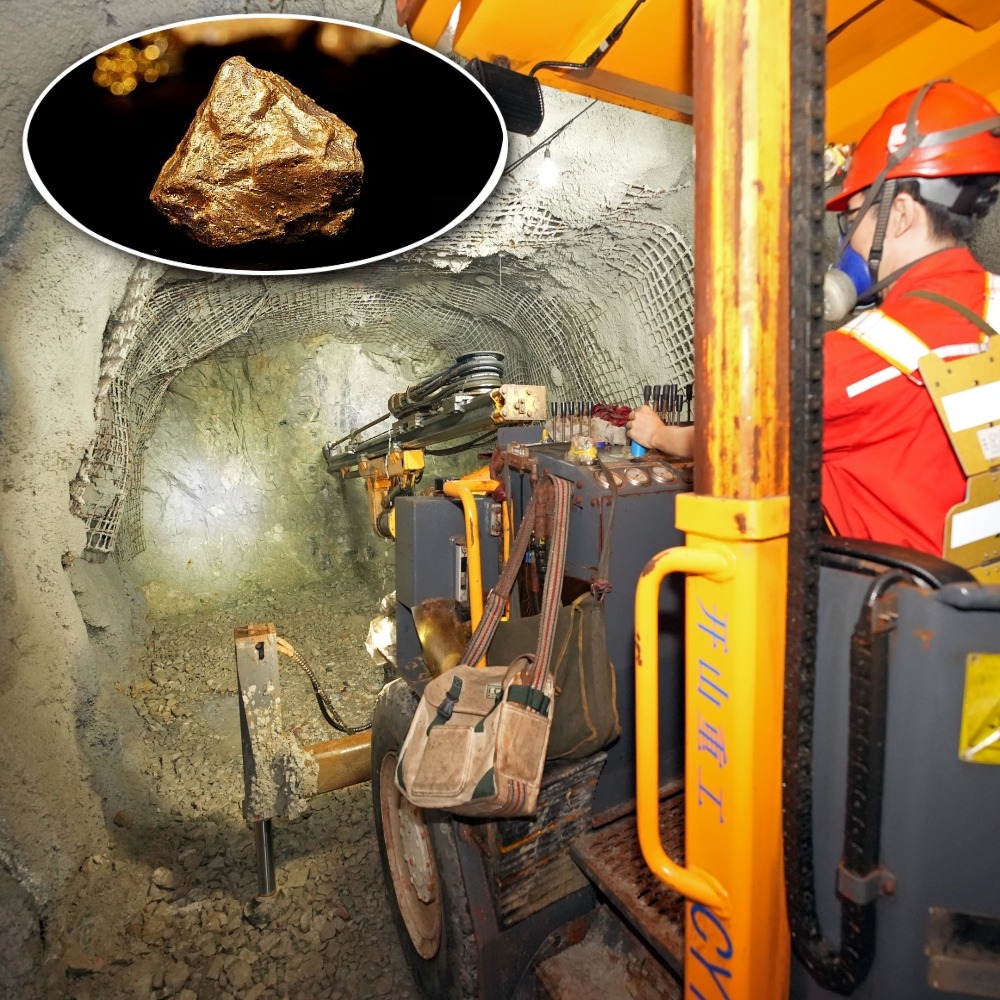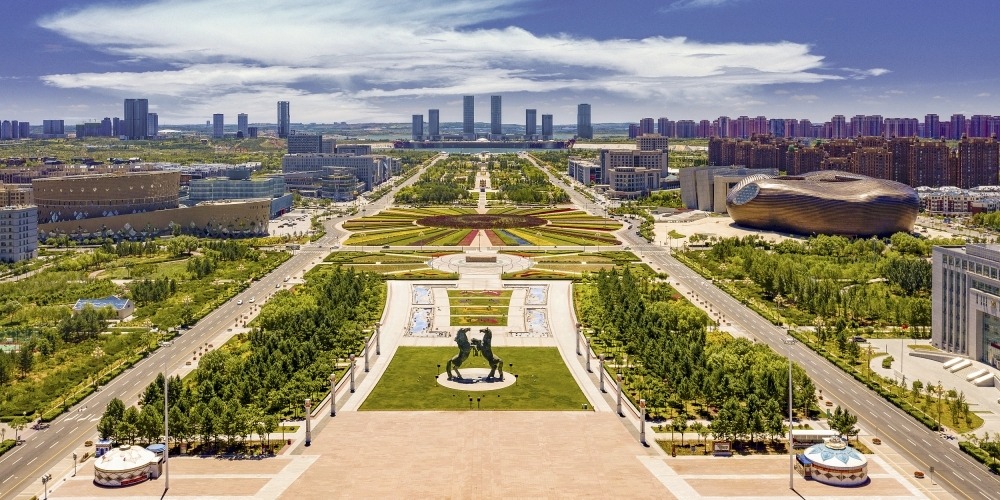Published : 2023-10-23
When talking about China's Chongqing, do you immediately think of the "Cyberpunk city" or hotpot?
In fact, beyond these keywords, Chongqing has many lesser-known highlights, such as being the world's largest production base for this type of technological product.
Chongqing: China's western financial centre
China has 34 provincial-level administrative divisions, including four municipalities directly under the central government, of which Chongqing is one.
Chongqing is also one of the country's nine national central cities, an important national advanced manufacturing hub, and the financial centre of western China.
Additionally, it serves as the only large-scale transportation hub in the southwest region that integrates waterways (rivers), railways, highways, and aviation.
Situated in southwestern China and the upper reaches of the Yangtze River, Chongqing spans an area of 82,400 square kilometres, making it larger than provinces and autonomous regions such as Taiwan, Hainan, and Ningxia.
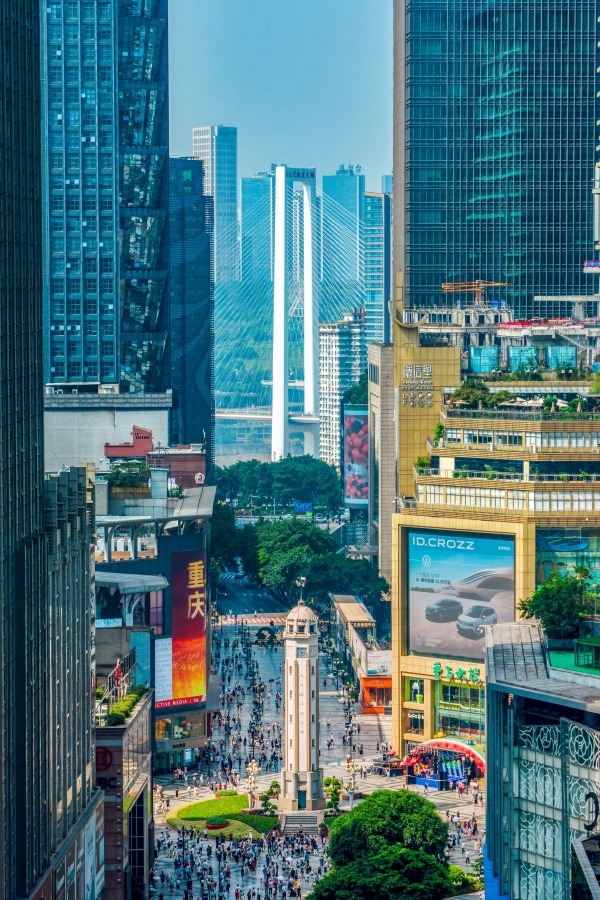
Due to its vast area, Chongqing is home to five civil aviation airports and even operates "intra-city flights."
Currently, Chongqing governs 26 districts, 8 counties, and 4 autonomous counties. With an urbanisation rate of approximately 70% and a permanent population of over 32 million, it is the most populous city in China.
When considering single administrative divisions (excluding metropolitan clusters), it is even the most populous city in the world.
Chongqing's main urban area is located at the confluence of the Yangtze and Jialing Rivers. To facilitate travel for residents, the Yangtze River Cableway was constructed in the 1980s.
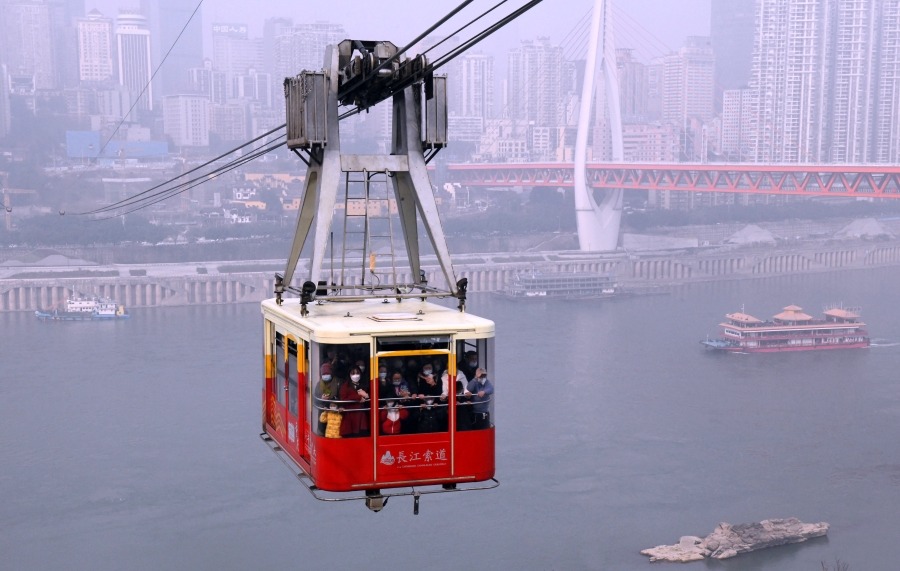
Chongqing has a recorded history of over 3,000 years and was historically known as Yuzhou (渝州), with "Yu" still used as its official abbreviation today.
The name "Chongqing" dates back to the 16th year of the Chunxi reign period of the Southern Song Dynasty (1189).
One explanation for the name is that Emperor Guangzong of Song, personal name Zhao Dun (趙惇), was granted a title here before ascending to the throne.
Later, when he inherited the position of emperor, it was seen as a "double celebration," leading to the city's name being changed to Chongqing, meaning "double celebration."
Chongqing holds a significant place in modern Chinese history. During the War of Resistance Against Japanese Aggression, it served as China's wartime capital.
After the founding of the People's Republic of China, Chongqing remained one of the most important cities in Sichuan Province and the entire southwest region.
In 1997, Chongqing was separated from Sichuan Province and elevated to its current status as a municipality directly under the central government.
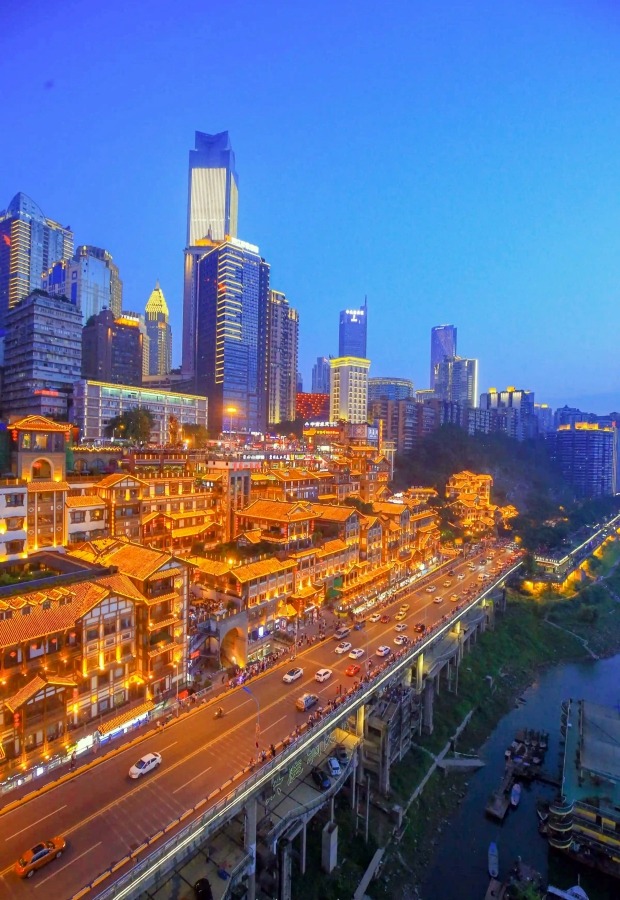
Chongqing is known by many nicknames, but the most frequently mentioned is the "Mountain City," as the entire region is dominated by mountainous and hilly terrain.
The main urban area sits at the confluence of the Yangtze River and Jialing River, featuring valleys, terraces, hills, and low mountains—yet notably lacking flat land.
As a result, the city has been built along the slopes, with buildings rising and falling in elevation and roads and transport routes forming a maze of complexity.
How complex can Chongqing's urban road and transport system be?
One internationally famous example is Liziba Station (李子壩站) on metro Line 2, which is situated on the 6th to 8th floors of a building constructed along the mountainside.
The "building-piercing" Liziba Station is surreal
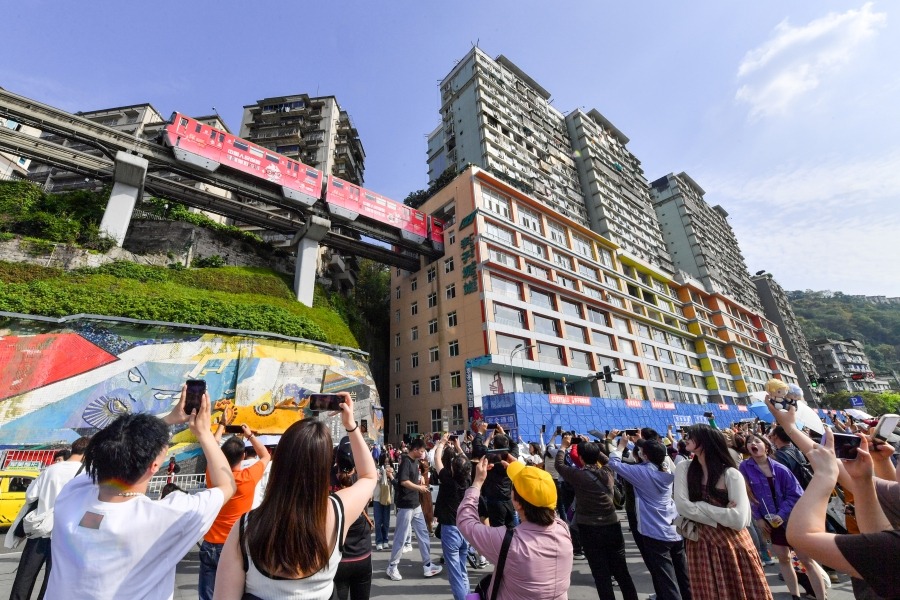
This building is 19 stories high, with residential spaces above the station and a mall below. The sight of trains passing through the building on a viaduct has been described as "magical" by netizens.
Why not separate the station and the building, or alternatively position the station underground with the tower constructed above it?
Although there are planning reasons, it ultimately comes down to the "mountains" as the terrain does not permit it.
Read more: China has 34 provincial-level administrative regions. Xinjiang is the largest. The smallest is...?
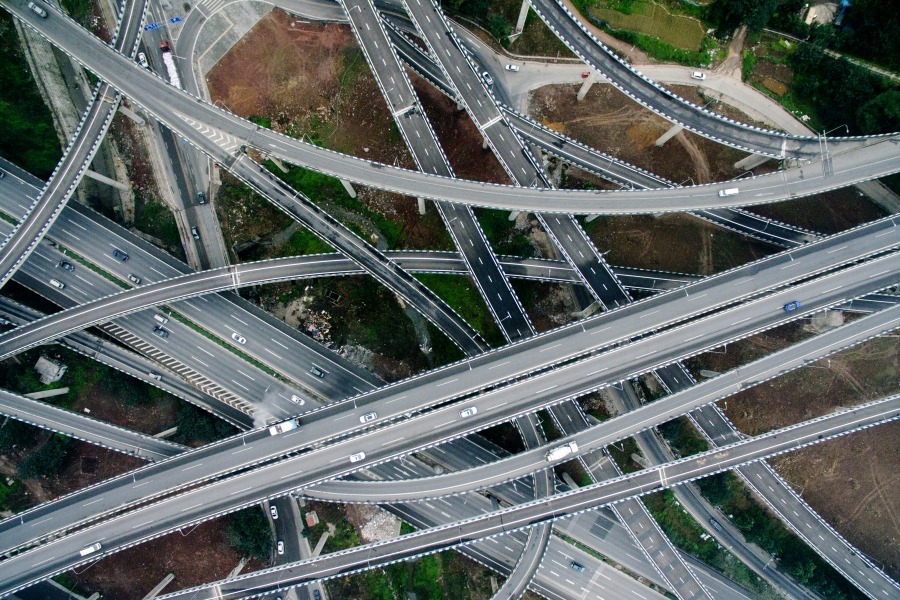
Equally "magical" are the overpasses at the interchanges which respond to complex terrain and a 40-metre height difference, designed as the Huangjuewan interchange . It is certainly dazzling.
In addition to "Mountain City," Chongqing is also known as "Foggy City," with an average of 104 foggy days per year.
It is also one of China's hottest cities in summer. In Beibei (北碚), Chongqing, a high temperature of 45 degrees was recorded in August 2022. The appearance of fog and high temperatures is more or less related to the local terrain.
One in three laptops is made in Chongqing
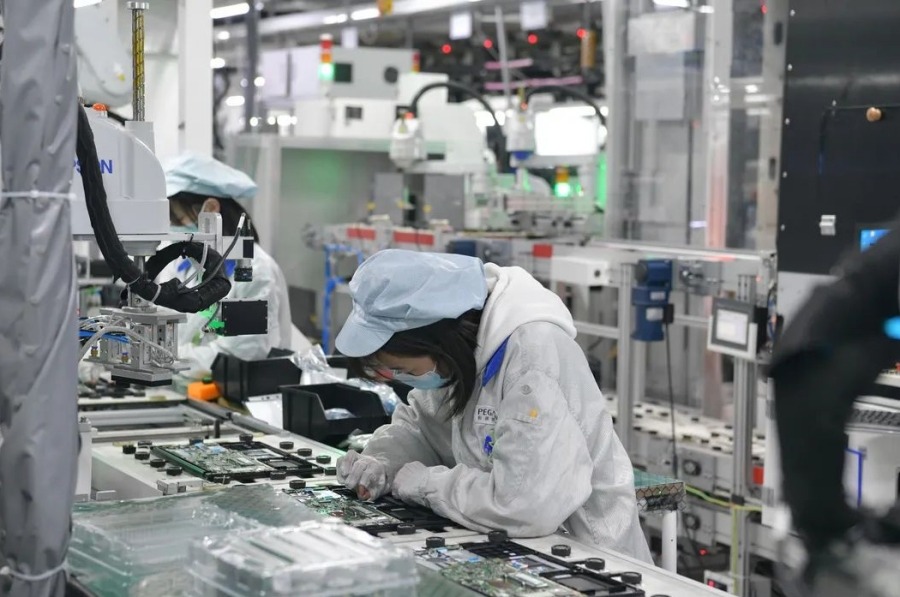
Furthermore, as mentioned above, Chongqing holds titles as a national centre city, a financial centre, and an important national advanced manufacturing centre, owing to its very high level of economic development.
One figure might be surprising: everyone knows that "Beijing, Shanghai, Guangzhou, and Shenzhen" are the economic hubs of China, but in 2022, Chongqing's GDP exceeded 2.9 trillion RMB, not only the strongest in the west but also surpassing Guangzhou, making it one of the top four cities in China.
Even when included in the provincial administrative region rankings, Chongqing is in the upper half.
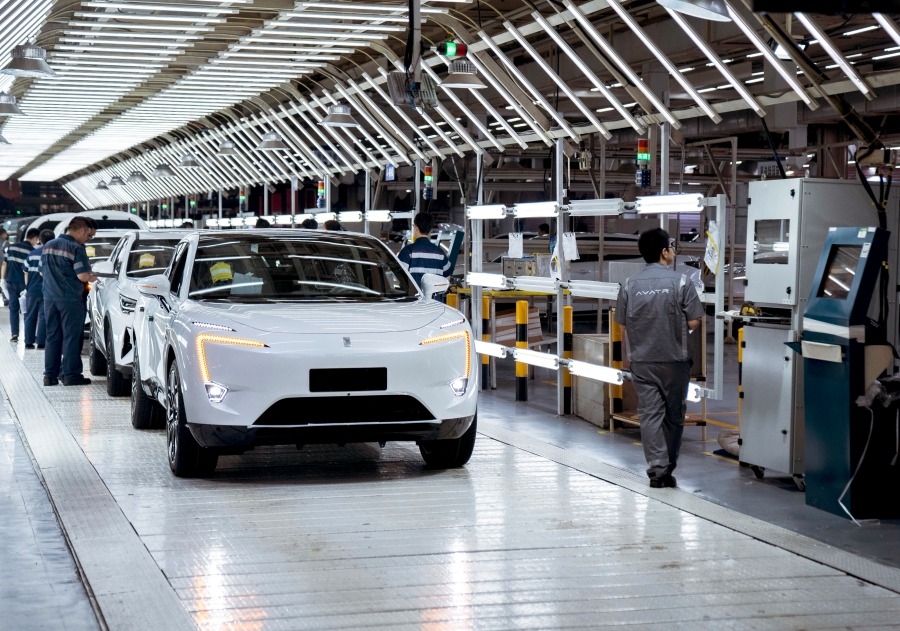
It is worth mentioning that Chongqing is an important industrial base. With continuous industrial transformation and upgrading, the city's current pillar industries include automobile manufacturing, materials, and electronic products.
As mentioned above, Chongqing is the world's largest production base for a type of technology product, which is laptops.
By the end of 2022, Chongqing had been the largest notebook base in the world for nine consecutive years. Out of every three laptops, one is made in Chongqing. This data is also surprising to many.
Spicy hotpot sweeps across China
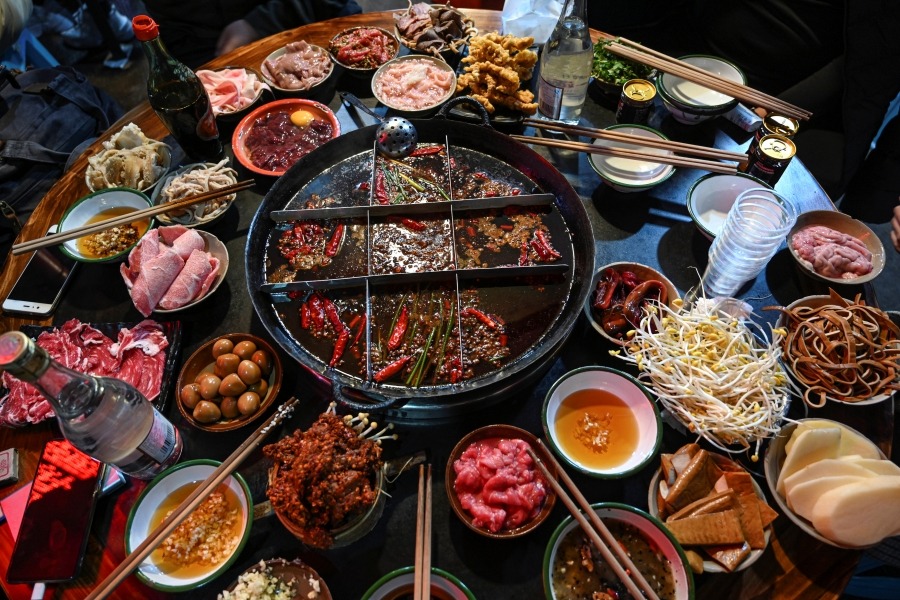
However, with changes in the geopolitical and economic situation, as well as the industrial chain, Chongqing's laptop production volume declined in 2023, and the future trend remains to be seen.
To understand Chongqing, of course, you should also know about "food, play, and fun" in this place.
The most famous food in Chongqing is undoubtedly the spicy hotpot, which has swept across China. Even those who are not fond of spicy food are familiar with it.
Additionally, dishes like spicy chicken from Sichuan cuisine also originate from Chongqing.
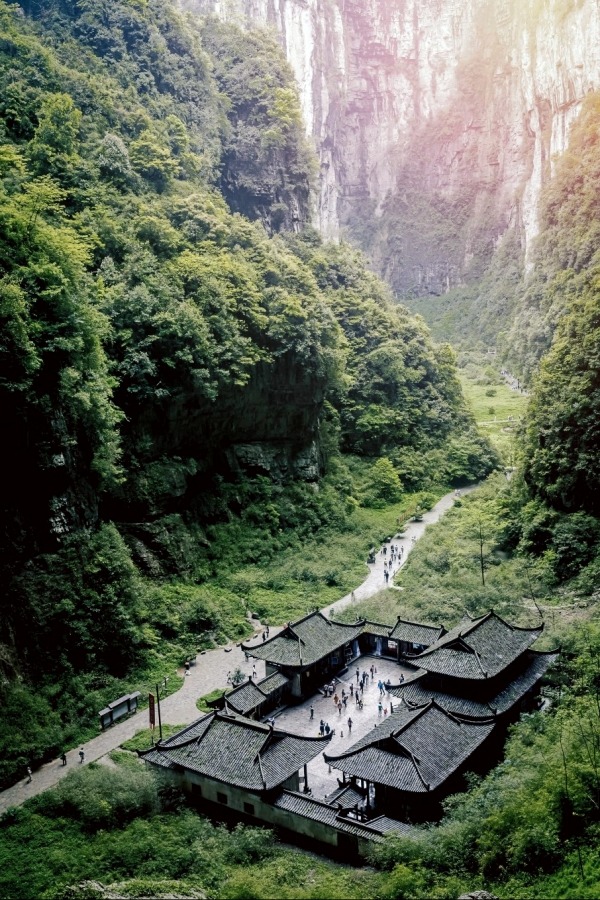
As for having fun, the popular tourist spots in Chongqing include Hongyadong Folk Scenery Area, Wulong Karst where films such as Curse of the Golden Flower and Transformers: Age of Extinction were shot, Dazu Rock Carvings, as well as Baidi City and Qutang Gorge in the Three Gorges Dam area of the Yangtze River.
